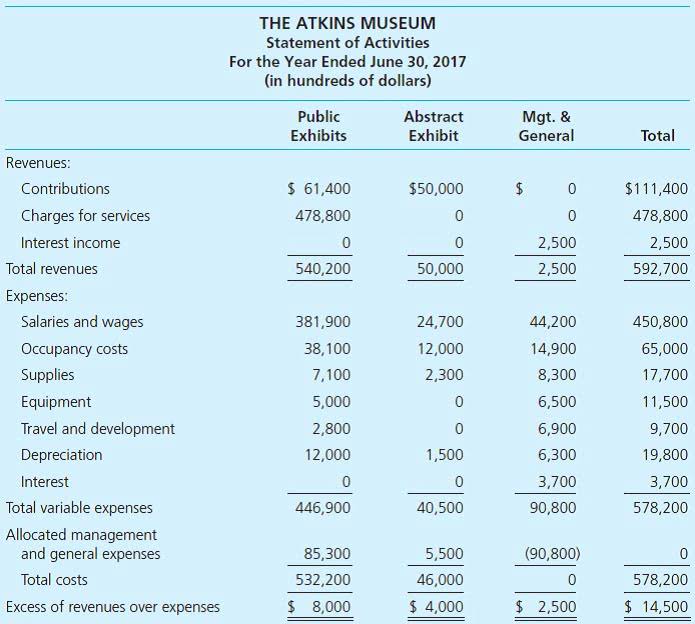PowerApps-Samples ai-builder starter-kit invoice-processing README md at master microsoft PowerApps-Samples

We are all familiar with situations in which we or a third person spend part of their time processing data from one medium to another or from one information system to another. However, by using the AI Builder feature, we will be able to improve the efficiency of this process and therefore the productivity of our employees. If you have a large document with only one invoice, we strongly recommend to use the Pages parameter to aim at your invoice, and therefore reduce the cost of model prediction and increase performance. However, the page range should contain a unique invoice for the action to return correct data. Add a new action from AI Builder category “Process and save information from a form” and select the AI Builder model we built earlier.
prebuilt-invoice-processing-powerapps.md
We want to extract the invoice details when a file is uploaded to the document library. Select the SharePoint – When A File Is Created (Properties Only) trigger. After publishing the AI model, the next step is to use this model and save the extracted data in the invoice list.

Create A SharePoint Document Library

Once we have filtered the records we want to create a simple array that includes only the field names. The field names will tell the user which fields to review. But first, so that the model can start learning, we must manually mark the information that we want to extract from the documents that we have provided to the example model. Once this step is complete, we can start training the model.
Entity extraction
Next, we check if the vendor for the invoice that has been processed is either from Adatum or Contoso. If it’s the case, we then call a custom document processing model that ledger account we’ve trained to get that loyalty number. There are several different models available in AI Builder to help you in building solutions including automated form processing, object detection, prediction, categorisation and data extraction. In this example, we’ve trained a custom document processing model to extract the total amount from invoices where we usually get a low confidence score when using the invoice processing prebuilt model. This allows apps and business processes to be enhanced with artificial intelligence.
- Experience in leveraging O365/M365 services such as SharePoint, Planner, Forms etc. to drive efficiency and innovation.
- After publishing the AI model, the next step is to use this model and save the extracted data in the invoice list.
- In this example, we’ve trained a custom document processing model to extract the total amount from invoices where we usually get a low confidence score when using the invoice processing prebuilt model.
- 📌 Setting up custom GPT prompt with input file parameter & output JSON format.
- The field names will tell the user which fields to review.
Supported languages and files
Learn more about requirements in the Supported languages and files section in Invoice processing prebuilt AI model. This is an amazing article and has helped me get my invoice extraction working perfectly, Interior Design Bookkeeping HOWEVER I am keen to see if anyone has gotten things adapted to handle credits / credit notes in addition to invoices? Once the invoice has been reviewed by a human they set they manually set the Status to Completed. When the manual review fields text string is empty it means the invoice does not require any review. Fill-in the If Yes block of the condition as shown below.

Step 1: Enable AI Builder Invoice Processing Model
When our model has finished its training, AI Builder will show us the accuracy of its prediction. Next, the AI Builder itself will show us how the selected model works. We have also included a connector to invoices received by email, but you can enhance it with any connectors supported by Power Automate. ai invoice processing After the training you will be immediately redirected to the overview page.

The flow is triggered when a new invoice is added to a SharePoint folder. It then calls the invoice processing prebuilt AI model to extract its data. Next, we check if the confidence score for the Invoice total value property is less than 0.65. If it’s the case, we then call a custom document processing model that we’ve trained with invoices where we usually get a low confidence score for the total field.
